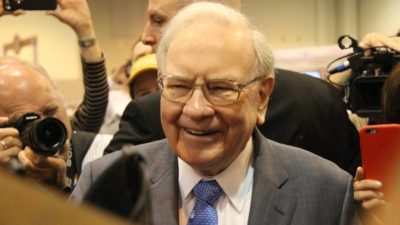Ethical investing (sometimes called ESG investing) has been one of the biggest growth trends we have seen on the share market over the past few years. Whether it's exchange-traded fund (ETF) products coming to market, or companies like Australian Ethical Investment Limited (ASX: AEF) offering 'ethical' superannuation products, you can't get far these days without coming across an investment product branding itself as 'ethical'.
It's clearly a growing trend too. That's probably why the Australian Ethical Investment share price is up 700% over the past 5 years. The company did grow funds under management by 19% in FY20 alone, so we can see this trend quantified here.
Ethical investing sounds nice and warm and fuzzy on the surface. 'Invest with your values' is one catchline you might hear, or else 'make a difference with your money'. All sounds great, right?
Take an ETF from BetaShares – the BetaShares Global Sustainability Leaders ETF (ASX: ETHI). This ETF promises to deliver a "portfolio of large global companies that meet strict sustainability and ethical standards". That sounds nice.
Well, it's not as nice as you might think. And I'll explain why I think ethical investing is a trend that's built on something of a farce.
The big problem with ethical investing
The problem with ethical investing lies in this one premise – shares are traded on a secondary, not a primary market. What does this mean? Well, it describes the nature of what happens when you buy shares. Contrary to what many 'ethical investors' might think, you do not support a company when you buy its shares. You're not giving money to the company, you are buying the shares off of someone else, another investor who receives the cash when you buy.
It's the same concept as buying a used car. You're not 'supporting Toyota' when you buy your neighbour's old Camry off of them. Toyota doesn't even get a cut. It's the same with Toyota shares or the shares of any other company.
So the idea that you're 'supporting fossil fuel companies' by owning their shares makes no sense. Whether you or anyone else owns the shares makes no real difference to the world, or to the world's demand for fossil fuels (the real thing supporting fossil fuel companies). All you're doing is cutting yourself out of the profits of these companies by cutting someone else in.
Now if you can't stomach the idea of receiving these profits, then fine, choose an ethical ETF or some other ethically-branded investment product. But don't think you're making a difference either way. The only thing that actually influences how much money a company makes is if and how it sells its products. Not who's entitled to those profits.
Foolish takeaway
I know ethical investing sounds great on paper, but in reality, you're usually being charged higher fees for an ethical portfolio that won't make an iota of difference to the world we're living in. This might help you sleep at night (and if that's the case, go for it). But don't make the mistake of thinking the higher fees you are paying are contributing to anything other than your funds' bottom line.








